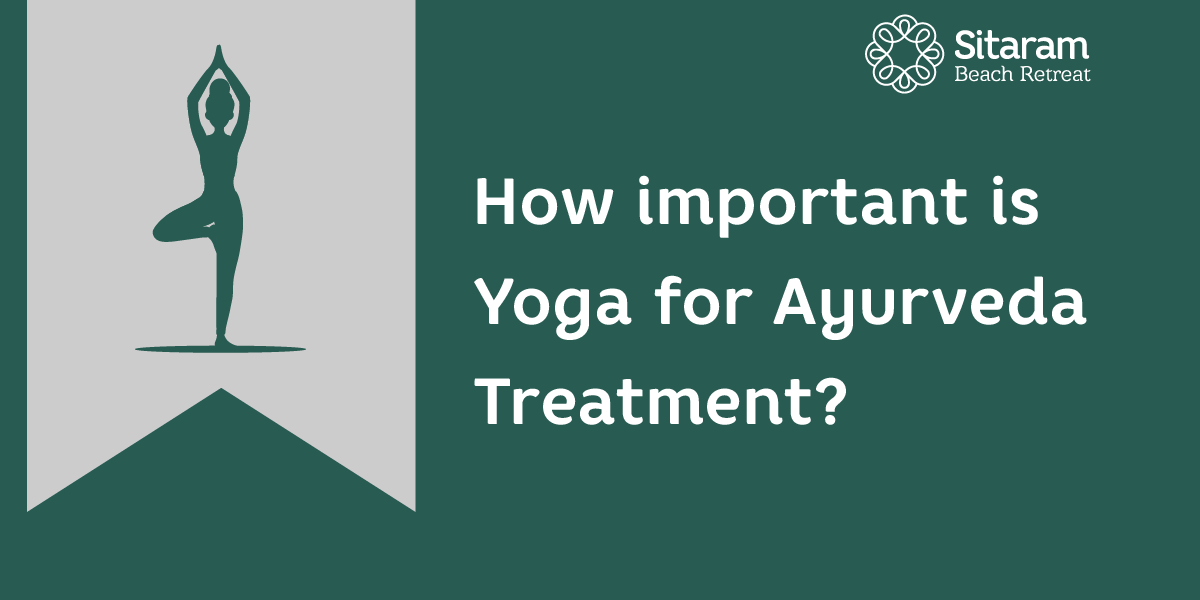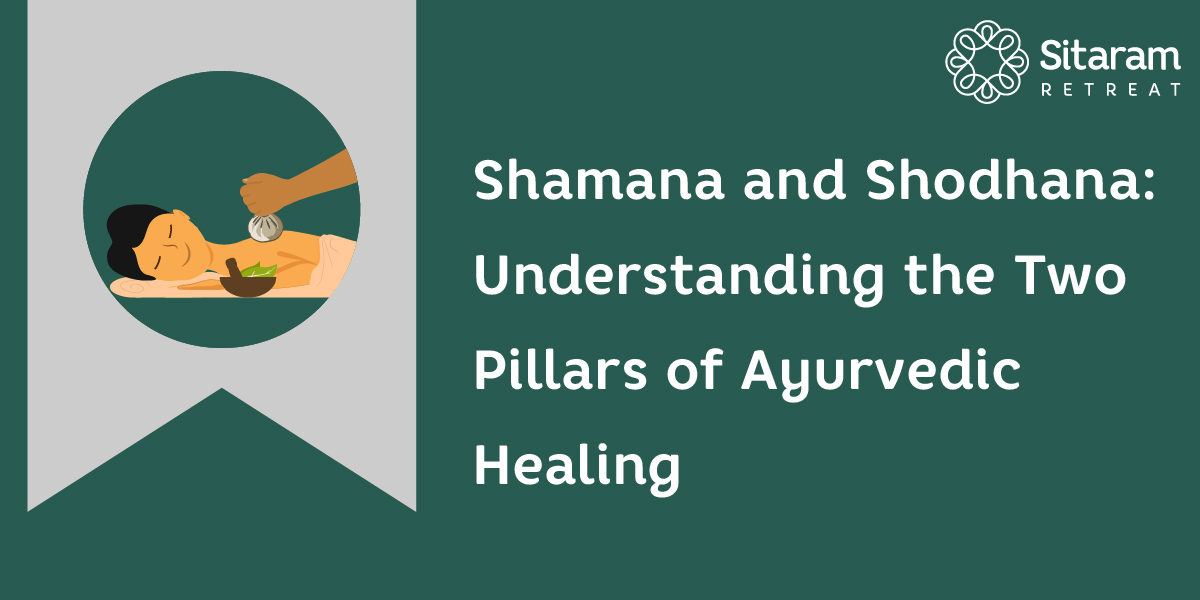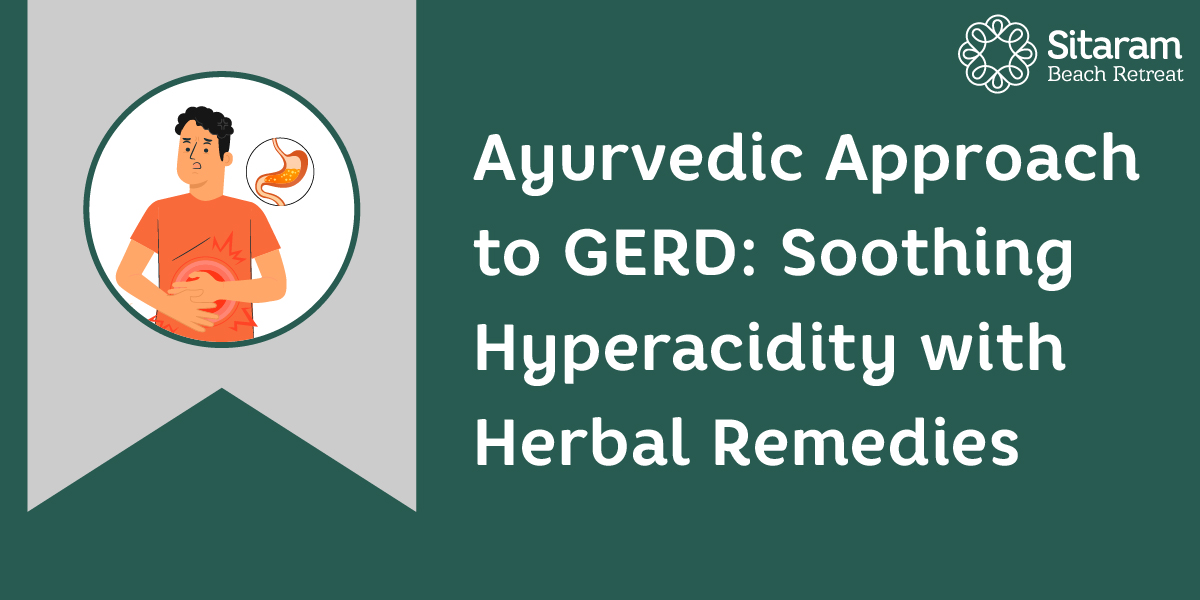Yoga And Ayurveda – Importance Of Healthy Life
By Vignesh Devraj

I once asked an Ayurveda physician about the connection between Yoga and Ayurveda. He said – “Ayurveda is the science of life, yoga is the practice of the science”. Both have an inevitable connection with each other. They have originated as a part of the incredible systems from Vedic knowledge. Yoga has its roots in Yajur Veda, while Ayurveda originates from Atharva Veda.
Many often make resolutions to maintain their health, don’t we? Is it intimidating or overwhelming to you? Most times, individuals struggle to keep those resolutions accurate. But everybody is seemingly into Yoga these days because it is easier to practice. As Ayurveda and Yoga are interrelated, they together encompass healing disciplines in the body. On the one hand, Ayurveda rejuvenates the body; on the other, Yoga deals with the purification of mind and consciousness. Thus, together they both complement and embrace each other.
Let’s see the benefits of integrating Ayurveda and Yoga –
Yoga and Ayurveda aids in healing the body and mind naturally. Ayurveda revolves around the concepts of tridoshas (3 humours), dhatus (body tissues), and malas (waste eliminated from the body). All these should be in balance to keep our body and mind healthy. If any disturbance from this constitution, then body and mind get affected, leading to pathogenesis. Yoga stresses the quality of mind. It elaborates the concept of trigunas (3 qualities) – Satva (balanced and clear), Rajas (restless), and Tamas (lethargic). Yoga throws light on the orientation of the mind through various asanas practices and mindfulness therapies. At this point, an integrative approach of Ayurveda and Yoga helps the health to be back in a good state.
For instance, due to the imbalance in Vata (air and space) dosha, an individual may be showcasing various symptoms like restlessness, anxiety, fear, insomnia, stress, etc. Here Ayurveda suggests treatments like Sarvanga abhyanga (full body massage) and Shirodhara (pouring medicated oil over the forehead). When a patient undergoes these treatments, Yoga practices, and guided meditations, it promotes quick healing in the body. So in gist, specific imbalances of doshas can be identified and restored by adapting Ayurveda and Yoga together.
Unsurprisingly, Yoga has many references in textbooks like Charaka Samhita, Astanga Hrudaya, etc. It is mentioned that for dissolving physical and mental stress; Yoga and meditation practice are essential. These practices have to be inculcated in Dinacharya (daily routine) to keep the health intact and relieve stress from the mind. Daily meditation practices are recommended for the health and wellbeing of everyone.
Yoga practices aim to cleanse the nadis (channels) with different asanas (postures). But trying to do that without following the Ayurveda principles (like removing Ama – digestive impurities) would be a waste of time. That is why most yoga schools have always taught the importance of Ayurveda principles and Yogic practices, as both are interdependent.
Here are a few easy tips for maintaining health through simple yoga practices –
All backward bending postures help to correct the Vata or Vayu imbalances. These generate heat in the body and can be practiced considering the strength of the individual’s body. They also improve flexibility and alleviates various diseases due to Vata. Likewise, standing forward bends and heart-opening poses cool the pitta dosha. All twisting postures work well to keep Kapha dosha in balance. These postures help in expelling the stagnant Kapha out of the body and help in easy expulsion.
| Dosha | Body Type | Possible imbalances | Yoga Recommendations |
| Vata | Quick, Creative, Spacey, Enjoys Movement | Dryness, Anxiety, Constipation, Pains & aches, Insomnia | Regular, slow, warming postures. Grounding and restorative asanas. Uttanasana, Paschimothasana, Balasana, Dhanurasana, Surya namaskar, Tadasana, |
| Pitta | Ambitious, Courageous, Perfectionist | Digestive problems, Anger, Hyperacidity, Irritability, Inflammation | Slow gentle movements Adho mukha svanasana, Janu sirsasana, Viparita shalabhasana, Supta matsyendrasana |
| Kapha | Relaxed, Steady, Love, Nurturing | Congestion, Obesity, Lethargy, Depression | Twisting postures Surya namskara, Virabhadrasana, Utkatasana, Uttitha parsvakonasana, |
Few Interesting Similarities between Ayurveda and Yoga –
– Both Ayurveda and Yoga emphasize maintaining a healthy body by keeping primary goals of Dharma, Arta, Kama, and Moksha
– Yoga and Ayurveda believes healing can happen only through a balance of Shareerika doshas and Manasika gunas.
– Both practices encourage cleansing the body through natural ways of detoxification. In Ayurveda, Panchakarma (five purificatory therapies) is enumerated to keep the health intact, and Yoga prioritizes the procedures of Shat karma (six purificatory techniques).
– The sciences have the almost same understanding of the physiology of the body. Yoga and Ayurveda believes the presence of 72,000 Nadis and seven chakras main energy centres in the body
– Ayurveda and Yoga, both have 8 branches in Ashtanga Yoga and Ashtanga Ayurveda.
Despite the existing similarities, there are a few differences also. To be more specific, Ayurveda aims in treating the bodily elements, while Yoga gives more importance to asana (postures) and dhyana (meditation). Also, Ayurveda uses various herbs and oil in treating diseases, along with specific lifestyle corrections, whereas Yoga has its prime focus on keeping our mind and body in good health.
Importance of Yoga and Ayurveda in Our life
- Detoxifies and rejuvenates the body
- Regular practices of Yoga and mindfulness meditation helps to relax the mind and body
- The best remedy for stress management and manages anxiety
- Improves alertness and tackles emotional stress
- It helps to maintain healthy digestion and improves metabolism in the body
- Reduces inflammation, prevents aches and pain, promote joint health
- Promotes healthy, youthful, glowing skin and reduces aging.
- Cleanse the body, supports healthy weight loss
- Yoga benefits heart health lowers the blood pressure and unwanted cholesterol in the blood
- The importance of Yoga is irreplaceable as it improves strength, balance, and flexibility
- Regular Yoga practice brings more energy and brightens the moods. It also aids sound sleep and rest
- Ayurveda and Yoga promotes better self-care
One of the biggest challenges we face is soaring medical needs and unaffordable charges for the same. Practicing Ayurveda and Yoga ensures a positive and holistic way of approaching life. You can achieve a stress-free body and mind; thereby, a prolonged life is ensured.
We welcome you all to Sitaram Beach Retreat to experience a holistic transformation in physical, mental, and spiritual levels.
*************


 retreat@sitaramayurveda.com
retreat@sitaramayurveda.com +91 813 8888 912
+91 813 8888 912





